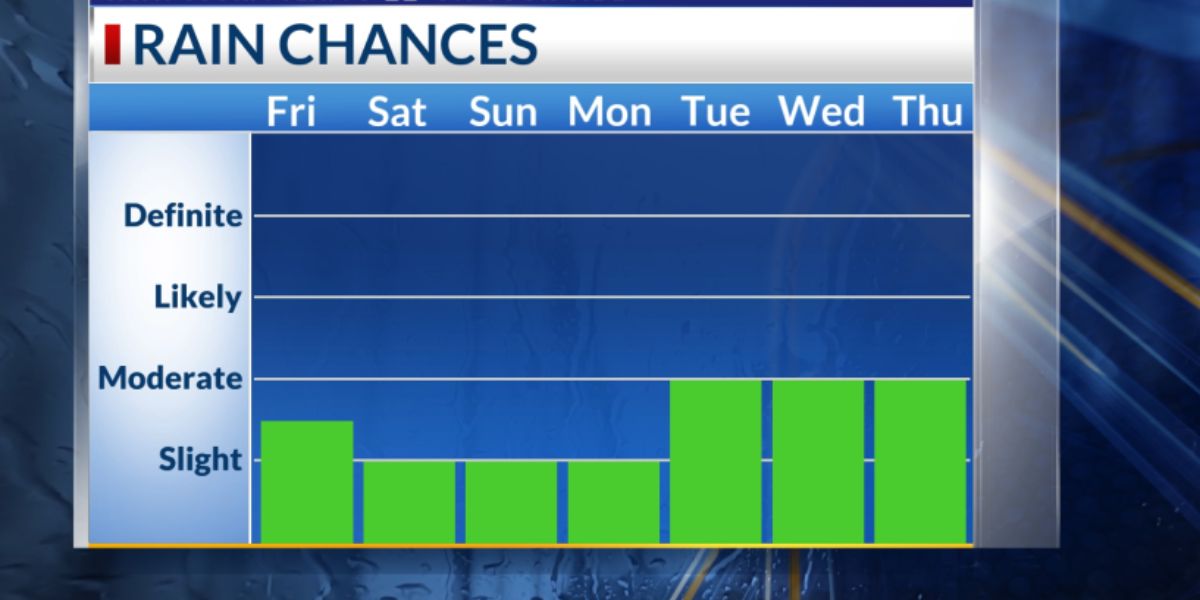Homeownership is often celebrated as a pillar of the American dream, offering a pathway to wealth accumulation and economic stability.
Yet, this opportunity has historically been unevenly distributed across racial and ethnic lines, leading to persistent disparities in homeownership rates and the associated benefits. A recent study sheds light on how these gaps are narrowing, particularly in California, which now boasts the eighth smallest minority homeownership gap in the United States.
Nationwide Trends in Minority Homeownership
The journey toward closing the minority homeownership gap has been long and fraught with challenges. For decades, the gap between the homeownership rates of White Americans and minority groups has exceeded 20 percentage points. Although there was a slight improvement during the early 2000s, the 2008 housing market crash disproportionately affected minority homeowners, exacerbating the divide.
However, the landscape began to shift following the COVID-19 recession. Thanks to rapid economic recovery, targeted stimulus efforts, and housing support programs, the minority homeownership rate saw a significant uptick—from 48.1% in 2019 to 51.4% in 2022. Meanwhile, the White homeownership rate experienced a modest increase, leading to the smallest minority homeownership gap in recent history at 21.7 percentage points.
Disparities Among Racial and Ethnic Groups
Despite the overall progress, the homeownership gap remains starkly varied among different minority groups. Asians and Pacific Islanders lead with the highest homeownership rates, followed by American Indian and Alaskan Natives. Hispanic and Black Americans, however, have the lowest rates, with the gap between Black and White Americans wider today than it was in the 1960s.
California’s Unique Position
In this national context, California stands out for its progress in narrowing the minority homeownership gap. With a -15.2 percentage point difference between minority and White homeownership rates, California ranks as having the eighth smallest gap in the nation.
This achievement is even more notable considering the state’s high property values, with the median value for minority-owned properties at $650,000 compared to $750,000 for White-owned properties.
Regional Variations in Homeownership Gaps
The study also highlights how minority homeownership gaps vary significantly across the U.S., with the Midwest and Northeast experiencing the largest disparities. In contrast, states like Hawaii and regions in Texas and California report much smaller gaps, underscoring the influence of local demographic makeup, housing costs, and economic conditions.
Among major metropolitan areas, those in the Midwest, Northeast, and South report the largest disparities. Conversely, metros in California, such as San Francisco, San Jose, Los Angeles, and San Antonio, feature among those with the smallest gaps, reflecting California’s broader trend of progress in this area.
Looking Forward
The findings from Construction Coverage, based on data from the U.S. Census Bureau, illuminate the complex landscape of homeownership in the U.S. and the significant strides made towards equity. While challenges remain, particularly for Black Americans and in certain regions, the narrowing of the gap in places like California offers hope and a model for further progress nationwide.
As the nation continues to recover from the pandemic and address systemic inequalities, the goal of making homeownership a reachable milestone for all, regardless of race or ethnicity, remains paramount.
California’s achievements in this arena underscore the potential for significant advances when targeted policies and supportive economic conditions align, paving the way toward a more equitable future in homeownership and beyond.






